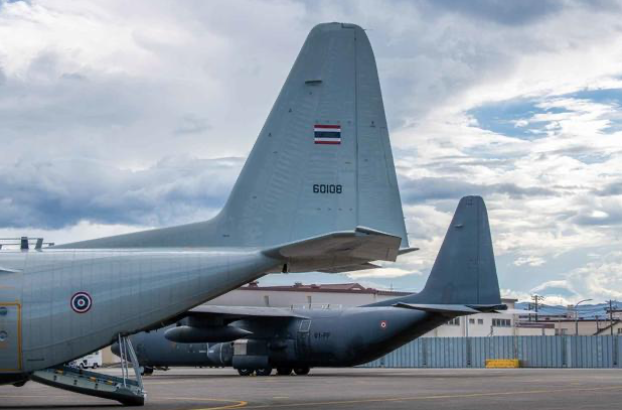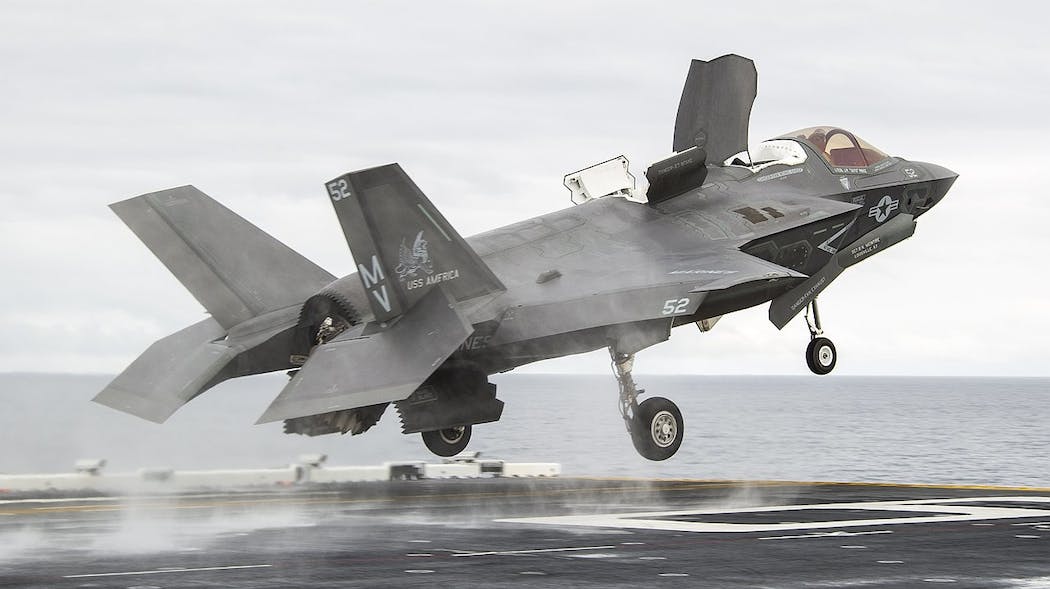A top general with the Space Force admitted that China’s military technology could become more advanced than America’s, as the service branch continues to gear up for competition in outer space.
Lt. Gen. Nina M. Armagno, the director of staff for the U.S. Space Force, told attendees at an Australian Strategic Policy Institute event in Sydney on Sunday that China’s improvements in military satellites and reusable technology are examples of how American advantage isn’t guaranteed.
“I think it’s entirely possible they could catch up and surpass us, absolutely,” Armagno said. “The progress they’ve made has been stunning, stunningly fast.”
Armagno’s observation comes as China prepares to launch a rocket with three astronauts aboard to travel to its space station this week, a major milestone for its growing space program.
China and the U.S. are both aiming to put astronauts on the moon by 2030.
Earlier this month, the Space Force announced that 21 civilians and Guardians will be stationed in Hawaii with U.S. Indo-Pacific Command, or INDOPACOM. It’s the first assignment outside of the continental U.S. for the newest service branch and the first time Guardians have been part of a regional combatant command. The move comes as U.S. national security strategy increasingly emphasizes growing competition from “near peer” countries, especially in outer space.
Chinese officials, such as Ye Peijian — the head of the country’s lunar exploration program — have gone on record as likening the moon to contested lands in the South China Sea.
“The universe is an ocean, the moon is the Diaoyu Islands, Mars is Huangyan Island,” Peijian reportedly said in a 2017 speech, referencing slivers of land that have become central to territorial claims. “If we don’t go there now even though we’re capable of doing so, then we will be blamed by our descendants. If others go there, then they will take over, and you won’t be able to go even if you want to. This is reason enough.”
Armagno told attendees at the event in Australia that China has fast-tracked a lot of its technology programs geared toward outer space.
“[China] is the only country with both the intent to reshape the international order and increasingly, the economic, diplomatic, military and technological power to achieve that objective,” Armagno said at the event.
In the 2022 National Defense Strategy released last month, the Pentagon said China is “deploying counter space capabilities that can target our Global Positioning System and other space-based capabilities that support military power and daily civilian life.”
But the strategy did not address how the military would respond to an attack on a commercial satellite.
Gen. David Thompson, vice chief of space operations for the Space Force, has said that China is developing and fielding a wide range of technology such as jammers and lasers that could harm America’s satellites.
Some policy experts in Washington believe the Space Force is unequipped to take on space threats from China and Russia.
The Heritage Foundation, a Washington-based think tank, said in its annual assessment of the military released Oct. 18 that the service has not shown “that it is ready in any way to execute defensive and offensive counterspace operations to the degree envisioned by Congress when it authorized creation of the Space Force.” The report classified the Space Force as “weak.”
Space Force officials are hoping to increase their budget to take on the looming threat of China. The service is asking for $24.5 billion in its 2023 budget request, a 40% increase from the previous year, a number that will likely only grow in subsequent years as the nascent branch expands.
The Space Force is also planning to send Guardians to South Korea and U.S. Central Command “sooner rather than later,” Thompson said last week during a ceremony marking the activation of Space Force Indo-Pacific, and the service also plans to stand up units in Europe at a later date.
— Thomas Novelly can be reached at thomas.novelly@military.com. Follow him on Twitter @TomNovelly.




